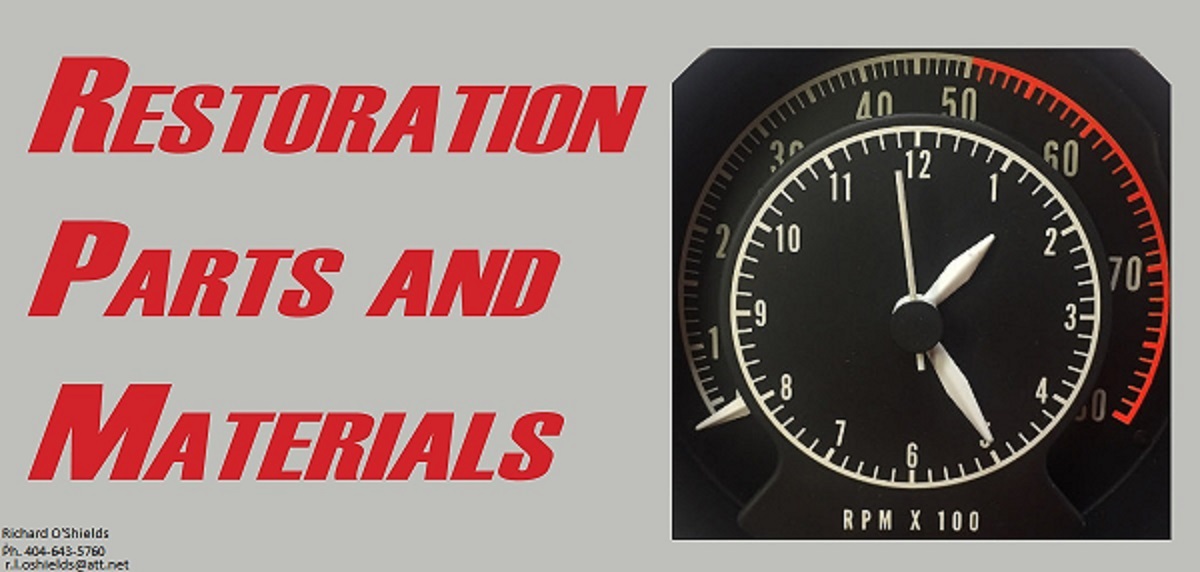MoparCarGuy
Well-Known Member
- Joined
- Jun 28, 2020
- Messages
- 996
- Reaction score
- 940
Google Ai confirms some info in this thread.
Keyword Search: Automotive radiator dwell time and thermostat selection
Results:
“Radiator dwell time refers to the amount of time coolant spends circulating through the radiator to be cooled before returning to the engine. A longer dwell time generally allows for more heat dissipation. However, the thermostat plays a critical role in regulating this process and maintaining the engine's optimal operating temperature.
Thermostat function and selection
Keyword Search: Automotive radiator dwell time and thermostat selection
Results:
“Radiator dwell time refers to the amount of time coolant spends circulating through the radiator to be cooled before returning to the engine. A longer dwell time generally allows for more heat dissipation. However, the thermostat plays a critical role in regulating this process and maintaining the engine's optimal operating temperature.
Thermostat function and selection
- Regulating Temperature: The thermostat is a valve that controls the flow of coolant between the engine and the radiator. When the engine is cold, the thermostat remains closed, allowing the engine to warm up quickly. As the engine approaches its optimal operating temperature (typically between 195 and 220 degrees Fahrenheit for modern engines), the thermostat gradually opens, permitting coolant to flow to the radiator for cooling.
- Maintaining Optimal Temperature: The thermostat's primary goal is to ensure the engine operates within a specific temperature range for peak performance, fuel efficiency, and reduced emissions.
- Manufacturer Recommendations: The best practice for selecting a thermostat is to choose the one the manufacturer recommends for your specific vehicle and regional climate. This is because the engine's cooling system was engineered to function optimally within a certain temperature range.
- Temperature Ratings and Their Impact:
- Lower Temperature Thermostat (e.g., 160° or 180°F): Opens earlier, allowing coolant to flow to the radiator sooner. This can slightly increase horsepower and torque in some cases, according to HOT ROD Network. However, using a significantly colder thermostat than recommended, particularly in colder climates, may lead to:
- Slower engine warm-up times.
- Reduced fuel economy.
- Increased engine wear due to thicker oil and less complete fuel burn.
- Potential for the engine to never reach its optimal operating temperature, impacting heater performance in winter.
- Could trigger engine codes related to coolant temperature being too low.
- Higher Temperature Thermostat (e.g., 195°F or higher): Will cause the engine to warm up quicker and reach a higher operating temperature. While potentially improving fuel efficiency and emissions, says HOT ROD Network, it could also lead to a slight decrease in horsepower and potentially accelerate wear on internal engine parts if the temperature exceeds the manufacturer's recommendation.
- Lower Temperature Thermostat (e.g., 160° or 180°F): Opens earlier, allowing coolant to flow to the radiator sooner. This can slightly increase horsepower and torque in some cases, according to HOT ROD Network. However, using a significantly colder thermostat than recommended, particularly in colder climates, may lead to:
- Addressing Overheating: It's important to note that a colder thermostat is not a solution for an overheating engine. If your vehicle is overheating, it indicates a problem with the cooling system's ability to dissipate heat effectively, and further diagnosis and repair of the cooling system components (radiator, fan, etc.) are necessary.
Last edited:


















